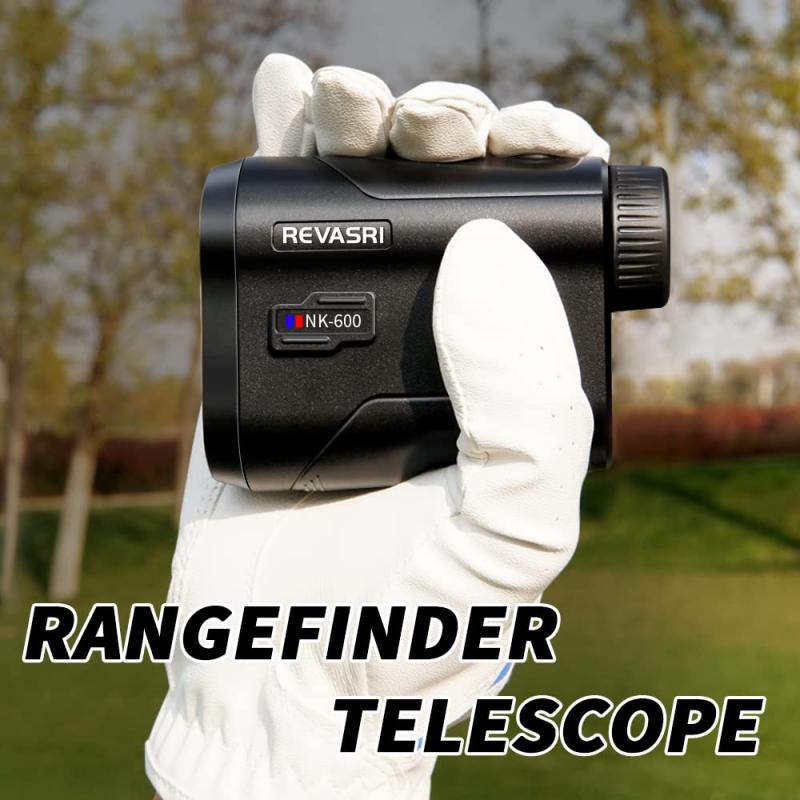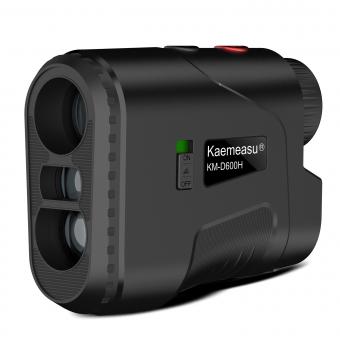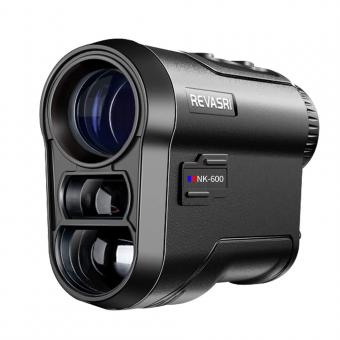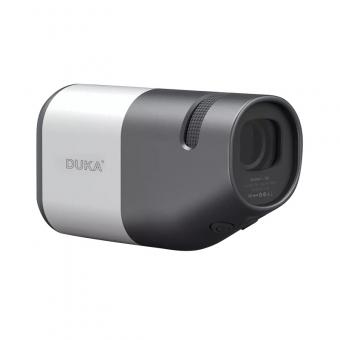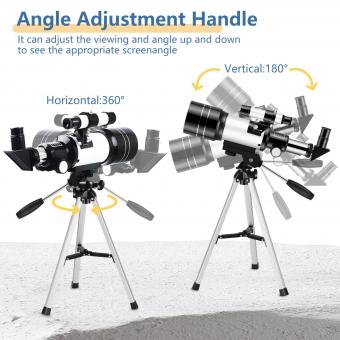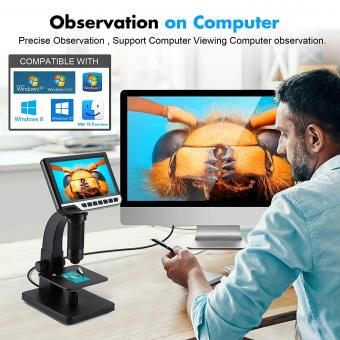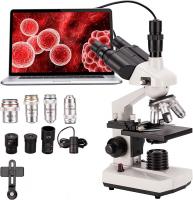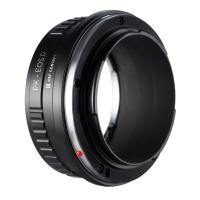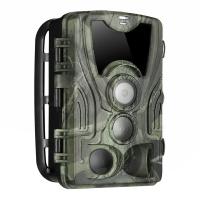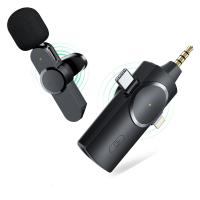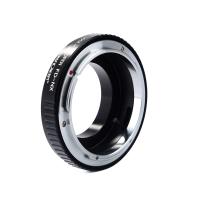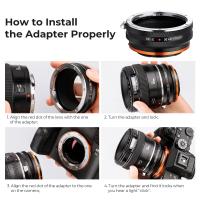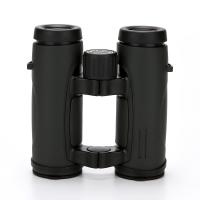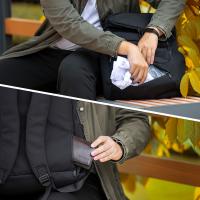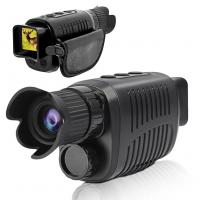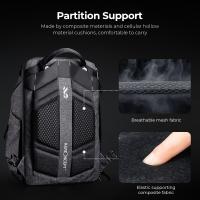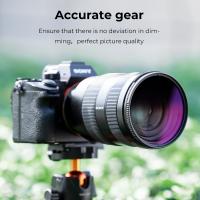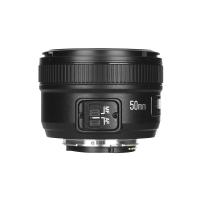Scope Rangefinder How To Use ?
To use a scope rangefinder, follow these steps:
1. Set up your scope: Mount the scope on your firearm securely and align it properly.
2. Adjust the eyepiece: Adjust the eyepiece to achieve a clear and focused reticle view.
3. Determine the target: Identify the target you want to range.
4. Activate the rangefinder: Activate the rangefinder function on your scope. This can be done by pressing a button or using a specific control.
5. Aim at the target: Look through the scope and align the reticle with the target.
6. Measure the distance: Press the rangefinder button or control to initiate the distance measurement. The rangefinder will emit a laser beam that will bounce off the target and return to the scope.
7. Read the distance: The scope will display the measured distance to the target, usually in yards or meters.
8. Adjust your aim: Use the distance information to adjust your aim accordingly, compensating for bullet drop or other factors.
9. Take the shot: Once you have made the necessary adjustments, take your shot with confidence.
Remember to always follow proper safety protocols and consult the user manual of your specific scope rangefinder for detailed instructions.
1、 Understanding the Basics of Scope Rangefinders
Understanding the Basics of Scope Rangefinders
Scope rangefinders are essential tools for hunters, target shooters, and outdoor enthusiasts. They combine the functionality of a scope and a rangefinder, allowing users to accurately measure the distance to their target while also providing a clear view for aiming. Here is a guide on how to use a scope rangefinder effectively.
1. Mounting the Scope Rangefinder: Start by securely mounting the rangefinder onto your firearm or bow. Ensure that it is properly aligned and tightened to avoid any movement or misalignment during use.
2. Calibrating the Rangefinder: Before using the rangefinder, it is crucial to calibrate it to your specific firearm or bow. Follow the manufacturer's instructions to set the rangefinder to the correct ballistic profile, ensuring accurate distance measurements.
3. Aiming and Ranging: Look through the scope and align the reticle with your target. Press the range button to activate the rangefinder. The rangefinder will emit a laser beam that will bounce off the target and return to the rangefinder, providing an accurate distance reading.
4. Adjusting for Elevation: Once you have the distance reading, adjust your scope's elevation turret accordingly to compensate for bullet drop or arrow trajectory. This adjustment will ensure that your shot lands accurately on target.
5. Practice and Familiarization: Like any tool, using a scope rangefinder effectively requires practice and familiarity. Spend time at the range, honing your skills and becoming comfortable with the rangefinder's features and functions.
It is important to note that technology is constantly evolving, and new advancements in scope rangefinder technology may offer additional features or improvements. Stay updated with the latest information and consult the manufacturer's instructions for any specific guidelines or recommendations for your particular scope rangefinder model.
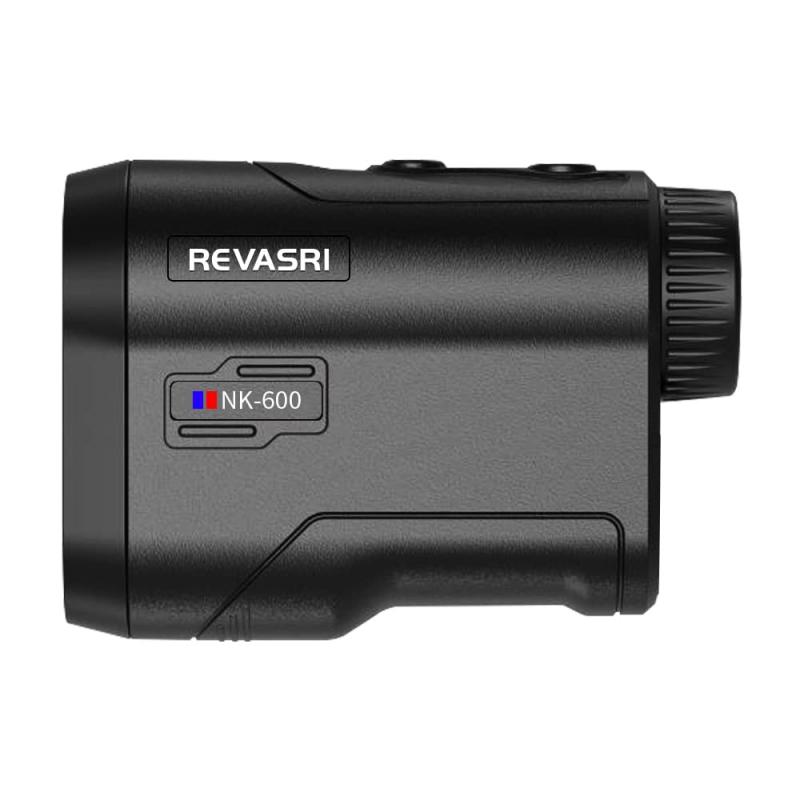
2、 Step-by-Step Guide to Using a Scope Rangefinder
A scope rangefinder is a valuable tool for hunters and long-range shooters, as it allows for accurate distance measurements to targets. To effectively use a scope rangefinder, follow this step-by-step guide:
1. Mount the Rangefinder: Begin by securely mounting the rangefinder onto your rifle scope. Ensure it is properly aligned and tightened to avoid any movement or misalignment during use.
2. Calibrate the Rangefinder: Before using the rangefinder, it is crucial to calibrate it to your specific rifle and ammunition. Follow the manufacturer's instructions to adjust the rangefinder settings accordingly.
3. Aim at the Target: Look through your rifle scope and locate the target. Steady your aim and ensure the crosshairs are centered on the target.
4. Activate the Rangefinder: Press the button or switch on the rangefinder to activate it. Some rangefinders may require you to hold the button down for a few seconds to get an accurate reading.
5. Measure the Distance: Aim the rangefinder at the target and press the button to measure the distance. The rangefinder will emit a laser beam that will bounce off the target and provide you with an accurate distance reading.
6. Adjust Your Shot: Once you have the distance reading, adjust your shot accordingly. Use the elevation turret on your rifle scope to compensate for bullet drop at longer distances.
7. Practice and Familiarize: To become proficient with a scope rangefinder, practice using it in various shooting scenarios. Familiarize yourself with its features and limitations, and adjust your shooting technique accordingly.
It is important to note that technology is constantly evolving, and new advancements in scope rangefinder technology may offer additional features or improvements. Always refer to the manufacturer's instructions and stay updated with the latest information to make the most of your scope rangefinder.
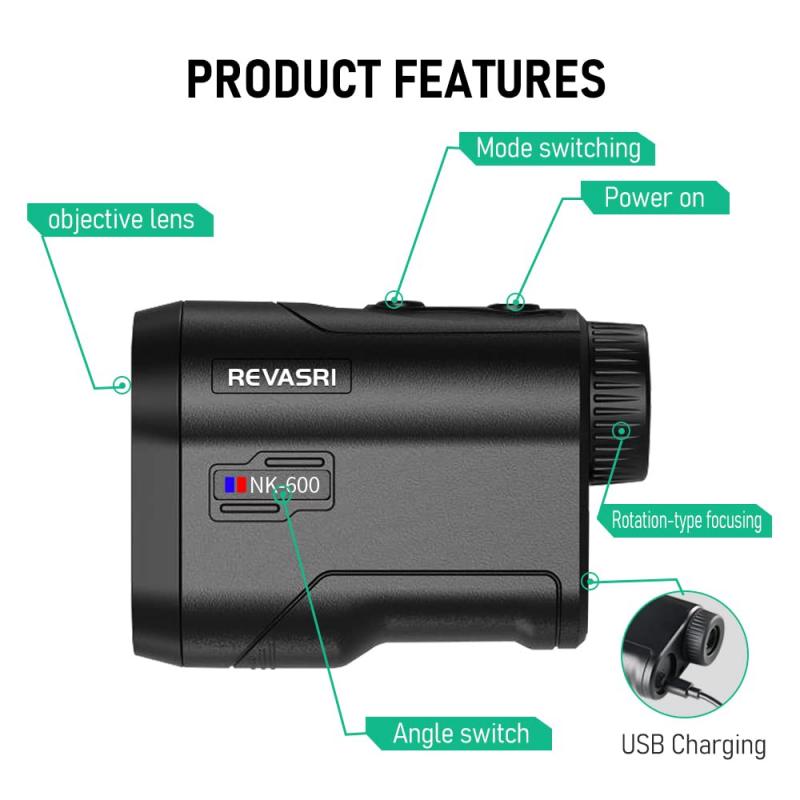
3、 Adjusting and Calibrating Your Scope Rangefinder for Accuracy
Adjusting and calibrating your scope rangefinder is crucial to ensure accurate and precise measurements while hunting or engaging in long-range shooting. Here is a step-by-step guide on how to use and calibrate your scope rangefinder for optimal accuracy.
1. Understand the Basics: Familiarize yourself with the different features and settings of your scope rangefinder. This includes understanding the reticle, magnification, and adjustment knobs.
2. Mounting: Properly mount your scope rangefinder onto your firearm or tripod. Ensure it is securely attached and aligned with the barrel.
3. Zeroing: Begin by zeroing your scope rangefinder. This involves adjusting the windage and elevation knobs to align the reticle with the point of impact. Follow the manufacturer's instructions for your specific model.
4. Distance Calibration: To calibrate the rangefinder for accurate distance measurements, find a known distance target. Aim at the target and press the rangefinder button to measure the distance. Compare the measured distance with the actual distance and make adjustments if necessary. Some rangefinders have a calibration mode that allows you to fine-tune the readings.
5. Environmental Factors: Take into account environmental factors such as temperature, humidity, and altitude, as they can affect the accuracy of your rangefinder. Some advanced models have built-in sensors to compensate for these factors automatically.
6. Practice: Regularly practice using your scope rangefinder in different scenarios and distances to become familiar with its capabilities and limitations. This will help you develop a better understanding of how to interpret the readings and make accurate shots.
It is important to note that technology and advancements in rangefinder design may vary, so always refer to the manufacturer's instructions for specific details and any updates on how to use and calibrate your scope rangefinder.
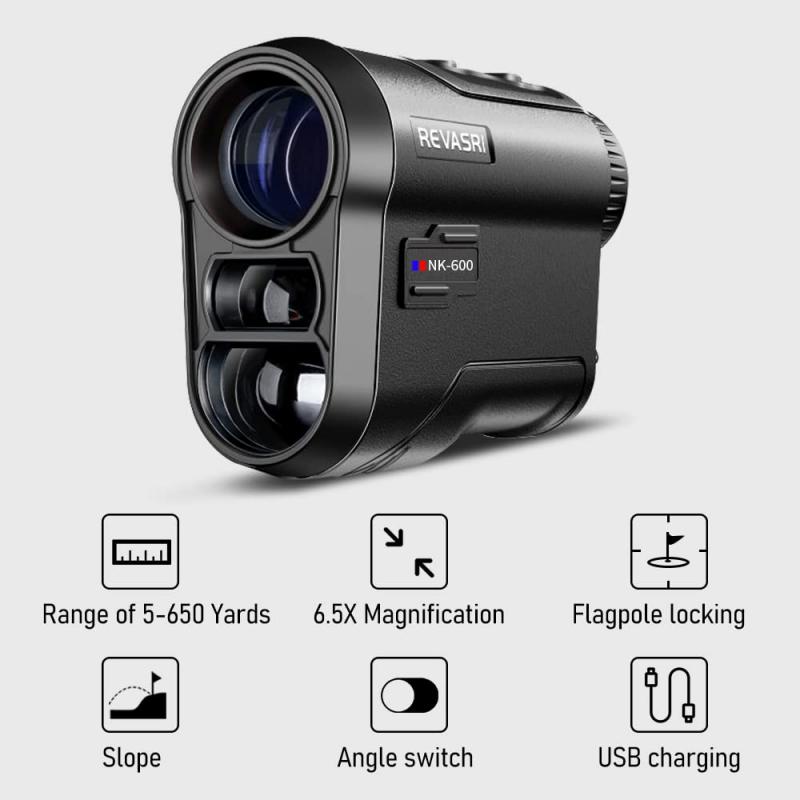
4、 Tips and Techniques for Effective Use of a Scope Rangefinder
A scope rangefinder is a valuable tool for hunters and long-range shooters, as it allows for accurate distance measurement to the target. To effectively use a scope rangefinder, consider the following tips and techniques:
1. Familiarize Yourself with the Device: Read the user manual thoroughly to understand the features and functions of your specific scope rangefinder. Practice using it in different conditions to become comfortable with its operation.
2. Proper Alignment: Ensure that the rangefinder is properly aligned with the scope. This can be achieved by adjusting the eyepiece and focusing the reticle to match the target.
3. Steady Positioning: Maintain a stable shooting position to minimize movement and vibrations. Use a tripod or rest to stabilize the rangefinder and scope, especially when measuring long distances.
4. Reflective Targets: Reflective surfaces, such as rocks or metal, provide better readings than non-reflective objects. Aim for objects that have a clear and distinct surface to obtain accurate measurements.
5. Consider Environmental Factors: Take into account environmental conditions that may affect the rangefinder's performance, such as fog, rain, or low light. Some rangefinders have specific modes or features to compensate for these conditions.
6. Practice Estimation: While a rangefinder provides precise measurements, it's beneficial to develop the skill of estimating distances visually. This can help in situations where using the rangefinder may not be feasible or practical.
7. Stay Updated: Keep up with the latest advancements in rangefinder technology. Manufacturers are constantly improving their products, introducing features like angle compensation, ballistic calculators, and Bluetooth connectivity to enhance accuracy and convenience.
Remember, using a scope rangefinder effectively requires practice and experience. Regularly honing your skills will improve your ability to accurately measure distances and make precise shots in the field.
